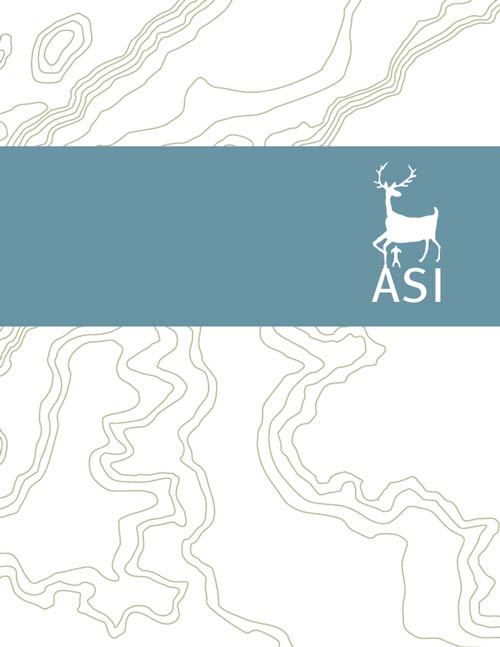Ceramic analysts assign types to vessels based on observations of exhibited attributes. Types can materialize in a variety of finite ways (see figure 1), and various types have temporal associations as well as sociocultural meaning dependant on context. Types are assigned via outlines in the existing literature, within the framework of the analyst’s experience. This procedure has analytic benefits but can be subjective and the assignment of a vessel to certain types may prove difficult (Emerson 1968: 34). In order to explore the nature of the anatomical variability that Iroquoian pottery manifests, vessel assemblages from two Toronto-area 15th century ancestral Wendat archaeological sites – The Baker site (AkGu-15), an early 15th century settlement (Robertson 2006), and the Damiani site (AlGv-231) , a late 15th century village (ASI 2013, Pradzynski 2013) – were adapted into an agglomerative hierarchical cluster-based model. The resultant cluster dendrograms visualize relationships between individual ceramic vessels utilizing the attributes recorded during a typical descriptive typological approach.
This study examines the benefits of such an approach for examining ceramic assemblages, one of which is its independence from assigned types as an analytic unit. The variety and character of the assemblage is ascertained and presented strictly using observable attributes, and it is thought that this model is able to bring to the fore relationships of types and of sites that are not as readily apparent when using the descriptive approach.










